When it comes to choosing the perfect pair of workout earbuds, one factor stands above the rest: stability. No matter how impressive the sound quality or how advanced the features, if your earbuds can't stay put during intense movement, they're essentially useless. This is why we decided to put some of the most popular sports earbuds through a series of brutal stability tests to see which ones can truly handle the heat.
The testing process was anything but gentle. We recruited athletes across different disciplines – from marathon runners to CrossFit enthusiasts – to wear these earbuds through their most demanding routines. The earbuds had to survive everything from aggressive headbanging during high-intensity interval training to the constant jostling of trail running. We even had testers deliberately shake their heads violently to simulate the worst-case scenarios users might encounter.
Sweat resistance played a surprising role in stability. What we discovered was that many earbuds that initially seemed secure would gradually loosen as sweat built up during workouts. The moisture reduced friction between the ear tips and ear canals, causing some models to slowly work their way out. This was particularly noticeable during long cardio sessions where testers reported having to push their earbuds back in every few minutes.
Another critical finding was the importance of ear tip selection. Most manufacturers include multiple sizes of silicone or foam tips, but our tests showed that many users simply use the default medium size without experimenting. This often leads to suboptimal fit. The earbuds that performed best in our stability tests were those where testers took the time to find their perfect ear tip match, sometimes even mixing different sizes for left and right ears.
We were surprised to find that weight distribution mattered more than overall weight. Some of the lightest earbuds actually performed worse in stability tests because their weight wasn't properly balanced. The best performers had their internal components arranged in a way that kept the center of gravity close to the ear, preventing that pendulum effect that can dislodge earbuds during movement.
The shape of the earbud housing proved to be another crucial factor. Models with more angular designs tended to catch on clothing or get knocked loose when putting on or taking off workout gear. The most stable designs featured smooth, rounded exteriors that could withstand accidental brushes and bumps without shifting position. Some premium models even incorporated textured surfaces or tiny fins that created additional points of contact within the ear.
Wireless neckbands, while less popular than true wireless options, demonstrated impressive stability in our tests. The additional anchor point around the neck meant that even if an earbud did come slightly loose, it wouldn't fall to the ground. For athletes who prioritize security above all else, this might be a compromise worth considering, despite the slightly less streamlined look.
One unexpected discovery was that temperature changes affected fit stability. When moving between air-conditioned gyms to outdoor workouts in hot weather, some testers reported their ear canals seemed to expand slightly in the heat, requiring adjustment of their earbuds. This was particularly noticeable with rigid plastic earbuds that couldn't adapt to these subtle changes in ear geometry.
The testing also revealed that user technique plays a significant role in achieving a secure fit. Many testers simply pushed the earbuds straight into their ears, while the most stable results came from a slight twisting motion that helped seat the tips more securely. Some models actually designed their housings to encourage this rotational insertion method, with shaped surfaces that naturally guide proper placement.
After weeks of rigorous testing across hundreds of workout sessions, a clear pattern emerged. The earbuds that performed best weren't necessarily the most expensive or feature-packed, but those that paid meticulous attention to ergonomic design. The winning models combined thoughtful weight distribution, high-quality tip materials, and intelligent shaping to create that perfect balance of comfort and security that stays put no matter how intense the workout gets.
For serious athletes, this testing highlights why stability should be the primary consideration when choosing workout earbuds. All the noise cancellation and audio quality in the world means nothing if you're constantly adjusting your earbuds mid-workout. The best sports earbuds disappear into your ears, becoming an extension of your body that moves with you effortlessly through every jump, sprint, and lift.

By /Jul 18, 2025
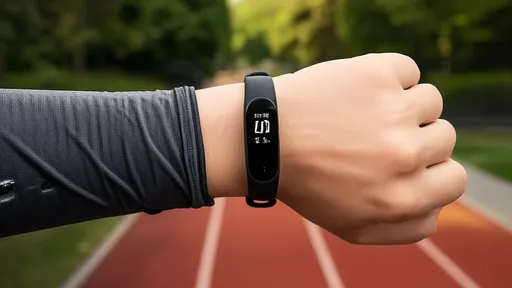
By /Jul 18, 2025

By /Jul 18, 2025

By /Jul 18, 2025
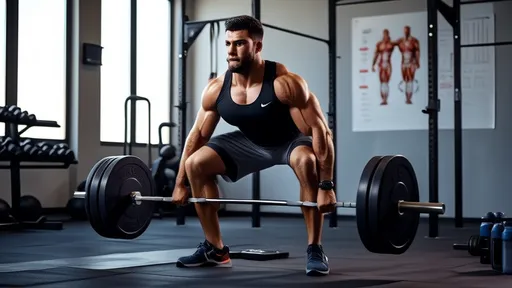
By /Jul 18, 2025

By /Jul 18, 2025

By /Jul 18, 2025

By /Jul 18, 2025
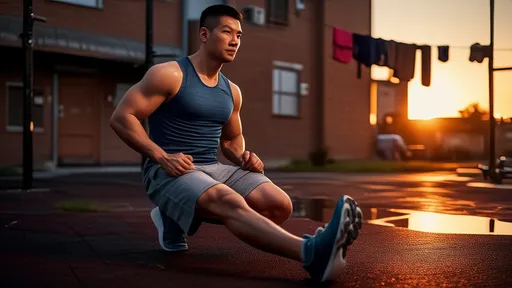
By /Jul 18, 2025
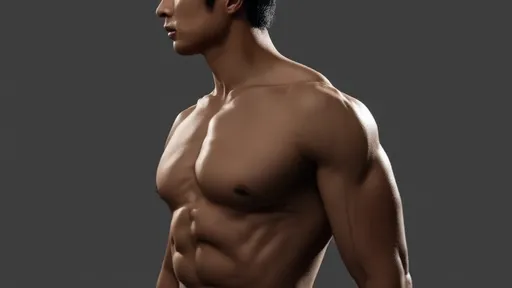
By /Jul 18, 2025

By /Jul 18, 2025

By /Jul 18, 2025
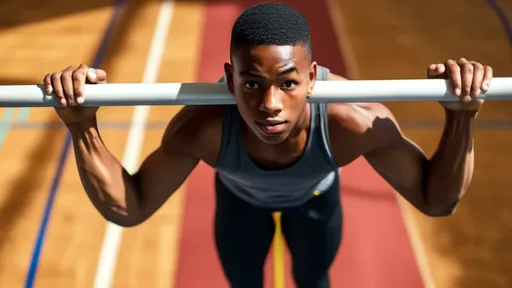
By /Jul 18, 2025
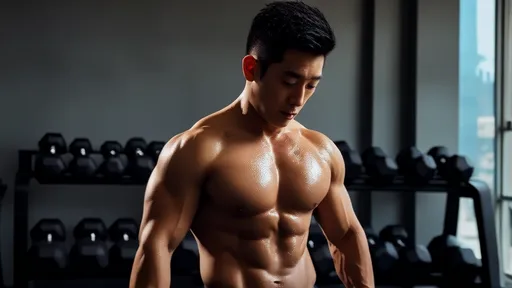
By /Jul 18, 2025
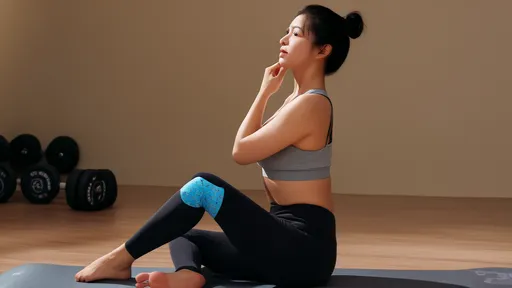
By /Jul 18, 2025

By /Jul 18, 2025
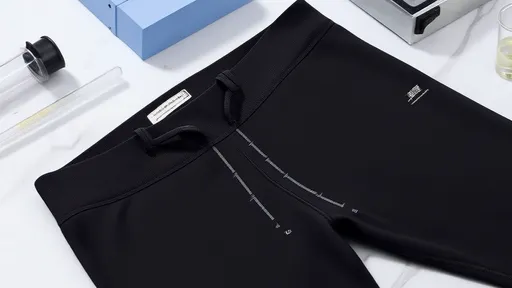
By /Jul 18, 2025

By /Jul 18, 2025